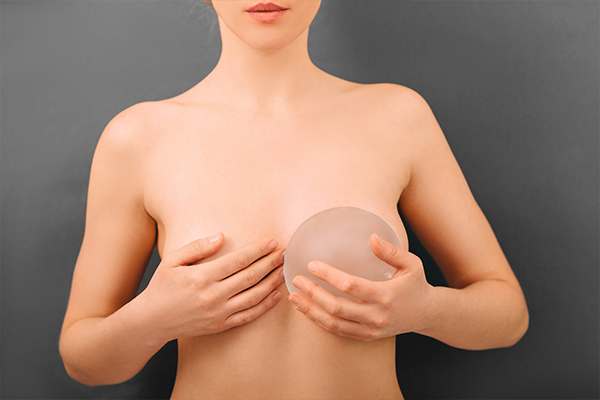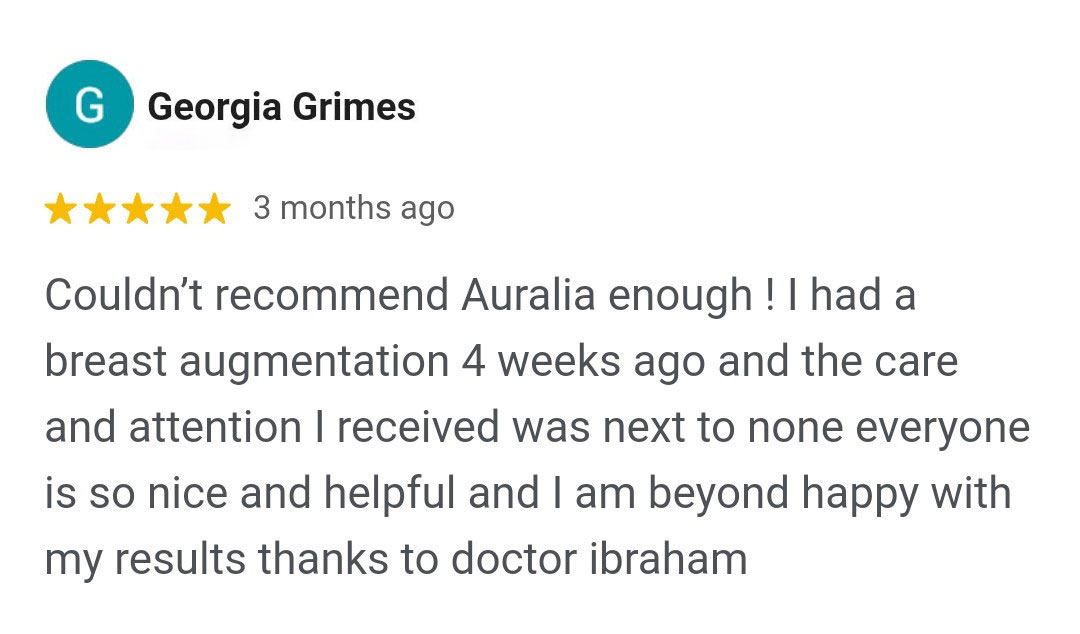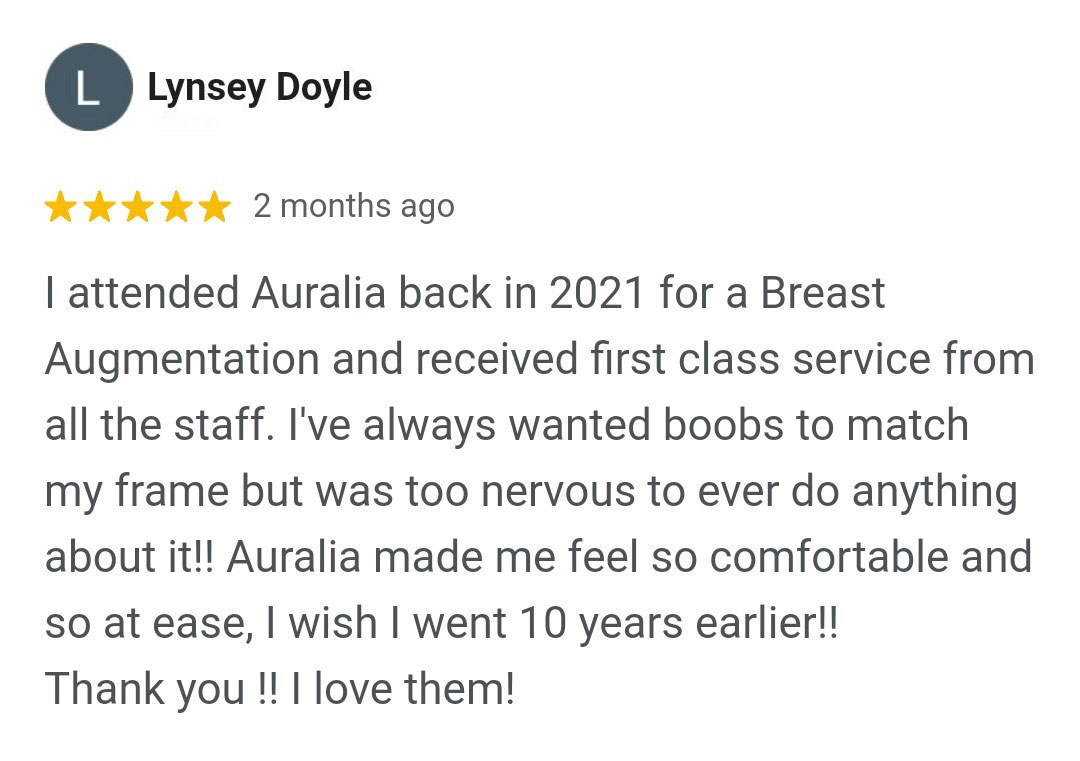Breast Augmentation procedure steps

In cases where significant breast volume has been lost and cannot be restored with a lift alone, implants may be recommended to achieve a fuller breast shape. In some instances, a breast augmentation may be performed alongside the uplift to enhance both the size and shape of the breasts. Your surgeon will discuss whether implants are necessary based on your individual needs and desired outcome.
Yes, in most cases, breastfeeding after a breast uplift is not affected. The procedure primarily focuses on reshaping the breasts and lifting the tissue, which generally does not interfere with the milk ducts. However, it is important to discuss this with your surgeon during the consultation.
The location of the scars depends on the surgical technique used. Common incision patterns include around the areola, vertically down from the areola to the breast crease, or along the breast fold. Scars will be visible initially, often appearing red and raised for the first few months, but they will gradually soften and fade over time. The final appearance of the scars typically takes up to a year.
Your surgeon will assess your needs and guide you on the most suitable type of breast surgery. They will help you understand the risks and likely outcomes. The decision to undergo surgery ultimately rests with you, but your surgeon will provide you with the information needed to make an informed choice and work to achieve your desired results.
After your surgery, you will receive detailed pre- and post-operative instructions, along with contact details for your clinic. If you have concerns outside of working hours, you will be provided with your surgeon’s emergency number, allowing you to speak with them directly at any time. If needed, you are welcome to visit the clinic during working hours for any concerns.
Yes, once you’ve had your breast uplift surgery with Auralia, you are entitled to free appointments with your surgeon for as long as you need them. If your original surgeon is no longer with the clinic, you can still see another surgeon at no extra charge.

Table of Contents
If you’re not happy with the shape, size, or contour asymmetry of your breasts, here at Auralia Clinic, we’ve got you covered with our Breast Augmentation surgery.
With 23 years of experience, we’re dedicated to providing you with the best possible outcome, and in this guide, we will explain what you can expect on the day of your surgery, So please read this carefully
What Is Breast Augmentation?
Breast augmentation, commonly referred to as a “boob job” or “breast enlargement,” is a cosmetic surgical procedure designed to enhance the size, shape, or fullness of the breasts.
This is typically achieved through the placement of implants, either saline or silicone, to create a more balanced, symmetrical appearance.
Whether you’re looking to restore volume after pregnancy, achieve a more proportionate figure, or simply boost your self-confidence, breast augmentation offers a personalised solution to meet your aesthetic goals.
At Auralia Clinics, we specialise in providing the safest, most tailored breast augmentation procedures that deliver natural-looking results.
Arrival at Auralia Clinic
When you arrive at Auralia Clinic, you’ll be greeted by our friendly receptionist in a bright and welcoming atmosphere.
The receptionist will confirm your appointment and assist with any remaining paperwork. You’ll also have the opportunity to ask any last-minute questions about your breast augmentation surgery.
Once all formalities are complete, you’ll be directed to a comfortable waiting area, with plush chairs, calming music, and informative brochures to help ease your nerves before the procedure.
Pre-Surgery Consultation and Preparation
Before your breast augmentation procedure begins, a nurse or surgical technician will guide you to the pre-surgery room, where you’ll meet the expert team responsible for your care:
- Your Board-Certified Plastic Surgeon will review your medical history and go over the details of your surgery. This is your chance to ask any final questions and ensure you’re fully confident in the procedure.
- The Anaesthesiologist will discuss the type of anaesthesia being used and explain what to expect during the procedure, answering any questions you have about pain management.
- A Nurse will take your vital signs (blood pressure, heart rate, temperature) and ensure everything is in place for a smooth surgical experience.
During this time, you’ll be encouraged to voice any concerns.
Our team is here to ensure you feel comfortable, informed, and fully prepared for your breast augmentation surgery.
Preparing for your Breast Augmentation Surgery
Once your consultation is complete, a nurse will guide you to a private changing room where you’ll change into a sterile surgical gown.
Any jewellery, accessories, or items that could interfere with surgery will need to be removed at this point. After you’re dressed, the nurse will assist you in walking to the surgical suite.
The Surgical Suite : Breast Augmenrarion Surgery
Ensuring you’re well-prepared for the day of surgery will help reduce stress and improve your recovery process.
Inside the Operating Room
- The operating room will be a bright, sterile environment equipped with advanced medical technology. Once inside, the nurse will position you on the operating table and attach monitoring devices to track your heart rate, blood pressure, and oxygen levels throughout the surgery.
Anaesthesia Administration
Your anaesthesiologist will introduce themselves once more and answer any final questions about the anaesthesia process.
Once everything is ready, general anaesthesia or intravenous sedation will be administered to ensure you’re comfortable and pain-free during the procedure.
Knowing Your Implant Options
Before surgery begins, it’s essential to know about the different types of implants used in breast augmentation surgery. Here are the most common options:
Silicone Implants :
Silicone implants are pre-filled with silicone gel, offering a more natural feel. They require a slightly larger incision (3-5 cm), depending on the size and placement.
Saline Implants:
Saline implants are filled with sterile saltwater during surgery, allowing for smaller incisions (2-4 cm). They are a good option if you want a more adjustable implant size.
Polyurethane Implants:
Polyurethane implants are a type of silicone gel implant with a textured outer shell, designed to integrate better with your body’s tissues. This option can reduce the risk of capsular contracture.
Breast Augmentation Procedure Steps
Choosing to enhance your breasts is a significant decision that involves more than just the final result. It’s important to be well-informed and prepared for each phase of the surgery, from the moment you arrive at the clinic to the post-operative care that follows.
In the following sections, we provide a comprehensive look at what happens during the procedure, step-by-step, to ensure you feel confident and well-prepared for your journey with Auralia Clinics.
Step 1 – Anaesthesia
The first step of your breast augmentation surgery is the administration of anaesthesia to ensure you are comfortable and pain-free during the entire procedure.
There are two main types of anaesthesia used:
- General Anaesthesia: This puts you into a deep sleep throughout the surgery, so you won’t feel any pain or be aware of the procedure.
- Intravenous (IV) Sedation: This keeps you in a deeply relaxed state without full unconsciousness, used for patients who prefer not to be fully sedated.
Your anaesthesiologist will discuss the best option for you during your pre-surgery consultation, ensuring you feel at ease.
Once the anaesthesia is administered, your surgical team will closely monitor your vital signs, such as heart rate, oxygen levels, and blood pressure, throughout the entire procedure to ensure your safety.
Step 2 – Making the Incision
Once you are fully sedated, Your Auralia breast augmentation surgeon will make an incision at a predetermined location.
There are three common incision sites, and your surgeon will choose the most appropriate one based on your anatomy, the type of implants you’ve chosen, and your aesthetic goals.
- Inframammary Fold: The incision is made underneath the breast, along the natural crease. This option provides excellent control during the surgery and leaves a scar that is easily hidden.
- Periareolar: The incision is made around the edge of the areola (the darker skin around the nipple). This approach allows for precise implant placement and leaves a subtle scar, which is often hidden by the natural change in skin colour between the areola and breast skin.
- Transaxillary: The incision is made in the natural crease of the armpit, leaving no visible scar on the breast itself. This technique is often used for saline implants and may require advanced expertise from the surgeon.
The incision site is a critical decision, and your surgeon will have discussed the best option with you during the initial consultation.
The aim is to make the incisions as small and inconspicuous as possible to reduce visible scarring.
Step 3 – Inserting and Placing the Implant
After the incision is made, your surgeon will create a pocket for the breast implant. This pocket is either:
- Subglandular (above the chest muscle): The implant is placed directly behind the breast tissue, above the chest muscles.This option may result in a quicker recovery time and less post-operative discomfort. It is often chosen for women with more natural breast tissue, as it provides a natural look and feel.
- Submuscular (below the chest muscle): The implant is placed beneath the chest muscle (pectoralis major). This placement provides extra coverage over the implant, creating a more natural look, particularly for women with smaller amounts of natural breast tissue. Submuscular placement is also believed to lower the risk of certain complications, such as capsular contracture, and may make mammograms easier to interpret.
The choice of placement depends on your unique anatomy, lifestyle, and desired outcome, and your surgeon will carefully position the implants for optimal results.
The placement of the implant is vital to achieving the desired breast shape, size, and contour.
Choosing the Type of Implant
During the surgery, your chosen implants are inserted into the prepared pockets.
You will have selected the type of implant during your consultation, and each has its own benefits.
- Silicone Implants: These are pre-filled with silicone gel and feel more like natural breast tissue. Silicone implants tend to be a popular choice due to their natural look and texture. They are ideal for women seeking a fuller, more natural-feeling breast. However, they do require a slightly larger incision compared to saline implants.
- Saline Implants: These are filled with sterile saltwater after insertion, meaning they can be placed using a smaller incision. Saline implants are often preferred for their flexibility in size, as they are filled after being positioned in the breast pocket.
- Polyurethane Implants: These are a type of silicone implant with a textured surface. The polyurethane coating helps reduce the risk of complications, such as capsular contracture, by allowing the body’s tissues to better integrate with the implant.
Once the implant is in place, your surgeon will carefully inspect the breast shape and symmetry to ensure that both breasts are even and proportionate.
If any adjustments are needed, they will be made at this stage to achieve a symmetrical, natural-looking result.
Step 5 – Closing the Incision
After the implant is positioned, your surgeon will close the incisions with layered sutures (stitches).
The deeper layers of tissue will be closed first to support the healing of the skin layers above.
The surface of the incision will be closed with sutures, skin adhesive, or surgical tape, depending on the technique used.
The careful closing of the incision is essential for minimising scarring.
At Auralia Clinics, we take great care to ensure the incision lines are as small and discreet as possible, with scars often fading significantly over time.
Step 6 – Recovery and Post-Surgery Care
Once the surgery is complete, you will be taken to a recovery area where a nurse will monitor your vital signs as you wake from the anaesthesia.
You may feel drowsy and experience some initial discomfort, which will be managed with pain medication.
You will be given detailed post-surgery instructions, including how to care for your incisions, which activities to avoid, and how to wear the post-surgical support bra that will help reduce swelling and support your breasts during the healing process.
You’ll also schedule follow-up appointments to ensure everything is healing well.
Immediate Post-Surgery: You may experience swelling, bruising, and mild discomfort, which is completely normal and should subside within a few days.
Long-Term Recovery: Over the next several weeks, your body will continue to heal. You’ll gradually return to normal activities, but it’s important to avoid heavy lifting and strenuous exercise for the first few weeks.
Why Choose Auralia Clinics for Your Breast Augmentation?
Choosing Auralia Clinics for your breast augmentation surgery is the right decision if you are looking for an experienced team that puts your safety, comfort, and satisfaction first.
With over 23 years of expertise and international accreditations, we are committed to delivering natural, beautiful results in a safe environment.
We understand that deciding to undergo breast augmentation is a personal choice, and our compassionate team is here to guide you through every step of the journey.
If you’d like to learn more about the procedure and how we can help you achieve the best version of yourself, visit our breast augmentation page or contact us today to schedule a consultation.
You should avoid eating or drinking anything for at least six hours before your surgery. This includes gum, mints, and water, as they can interfere with fasting requirements. It’s important to follow these instructions to reduce the risk of complications during anaesthesia.
Before your surgery, make sure your home is set up for a comfortable recovery. Create a space with easy access to essentials like water, snacks, medication, and your phone. It’s also a good idea to have extra pillows to help support your upper body and keep you comfortable during rest.
At Auralia Clinics, we offer a variety of breast implants, including silicone, saline, and polyurethane-coated implants. Each type has its own benefits, and during your consultation, your surgeon will help you choose the implant that best suits your body type and aesthetic goals.
Recovery from breast augmentation surgery involves some initial discomfort, swelling, and bruising. Most patients can return to light activities within a few days, but strenuous activities and exercise should be avoided for at least 4 to 6 weeks. Your surgeon will provide detailed aftercare instructions to promote healing and minimise the risk of complications.
The breast augmentation procedure typically takes between 60 to 90 minutes, depending on the complexity of the surgery and the type of implants being used. This will be discussed during your consultation to ensure you have a clear understanding of the timeline.
Following your visit to Auralia, you will receive both pre- and post-operative instructions to guide you through preparation for your breast augmentation (sometimes referred to as a boob job or breast enlargement) and aftercare. These instructions will also include the clinic's contact details, ensuring you always know who to reach out to.
You will be given your Auralia surgeon’s emergency mobile number for after-hours calls. If you suspect something is wrong outside of business hours, you are welcome to contact your surgeon directly. During working hours, you can drop into the clinic or contact the hospital.
Absolutely! From the time you have your breast augmentation surgery at Auralia, you are entitled to free follow-up appointments for as long as necessary. Even if your original surgeon no longer works for Auralia, you can still see one of our surgeons free of charge.
Though breast augmentation is generally very safe, every surgery carries some risks. These risks can include infection, scarring, and bleeding. Choosing the right clinic and following all pre- and post-operative instructions significantly reduces the risk of complications.
At Auralia Clinics, your safety is our first priority. As a CHKS and ISO-approved hospital with over 23 years of expertise, our surgeons are well-prepared to manage any complications that may arise. If you’re concerned about potential risks, speak with your surgeon, who will provide a thorough explanation to help you make an informed decision.
Table of Contents
Related Procedures
More Inspirational Stories of Our Patients!













